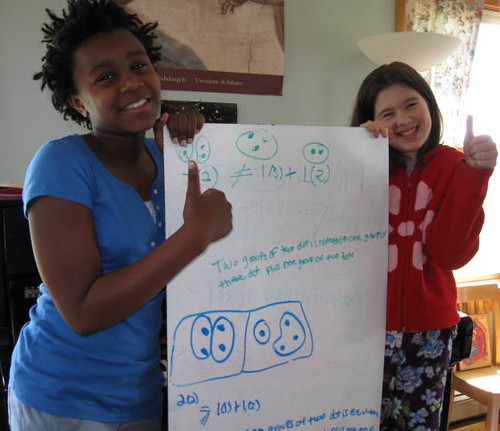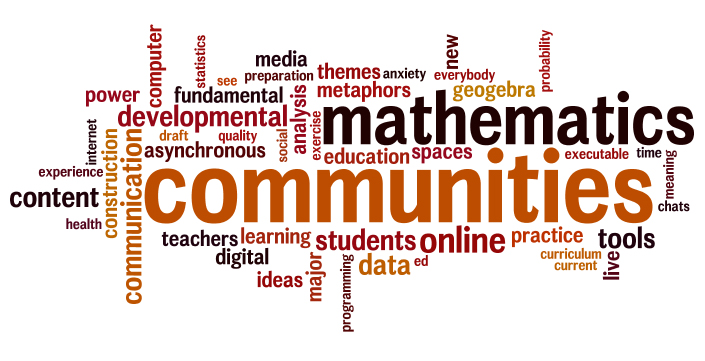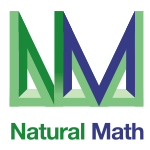- Home /
CIMM: Cognitive Instruction in Mathematical Modeling

At the event
Join the open, free online event in the Math Future series at Natural Math. Dr. Rob MacDuff will talk about his project, Cognitive Instruction in Mathematical Modeling (CIMM). Come and listen to a short presentation, chat with like-minded people in the audience, and pose questions for Rob.
Questions and comments
You can pose questions and comments to the presenters before the event. To do so, scroll to the end of this description and click "Add comment."
Mathematical Modeling: Modeling Structure
Over the past century there has been a shift from learning mathematics as a means of modeling structure to memorization of procedures, which require rule-based, algebraic reasoning. In other words, a divorce has occurred between math and science. Think of it as a shift from numbers as adjectives (that describe attributes of the world) to numbers as nouns (that name stand-alone abstractions). Execution of procedures is not a necessary skill for understanding STEM subjects. What is necessary? Mathematical thinking and reasoning, that is, mathematical modeling.

Cognitive Instruction in Mathematical Modeling (CIMM) is a program that engages students in developing their own interpretive framework for perceiving and modeling structure. CIMM teaches students how to learn in general, and mathematics is just one of their many possible playgrounds. This changes the goal of mathematics from mastering computational procedures (an obsolete skill) to developing conceptual and representational tools. Kids tend to hate the former and love the latter. The program defines learning as coordinating the activation of different parts of the brain.

About Rob MacDuff
Dr. MacDuff has been researching learning for over 30 years. At the heart of this research is the idea that our understanding of math and science has to depend upon:
- How we as humans come to know (psychology).
- What it means to know (philosophy).
- A knowledge of what (phenomenology).
Dr. MacDuff has incorporated these ideas into math and science education programs. These programs provide the students with sophisticated conceptual tools for constructing concepts along with multiple representational tools for encoding their thinking about those concepts. This approach teaches content along with the requisite tools necessary for acquiring that content. Students develop their thinking and reasoning skills, not by memorizing algorithms, but by building linguistic, symbolic, and diagrammatic models of perceived mathematical structure.
About Math Future series
Math Future is an international network of people who care about mathematics education: researchers, developers, teachers, parents, and students. Since 2009, we have organized more than a hundred live online events with leaders of amazing projects.
Your answer



